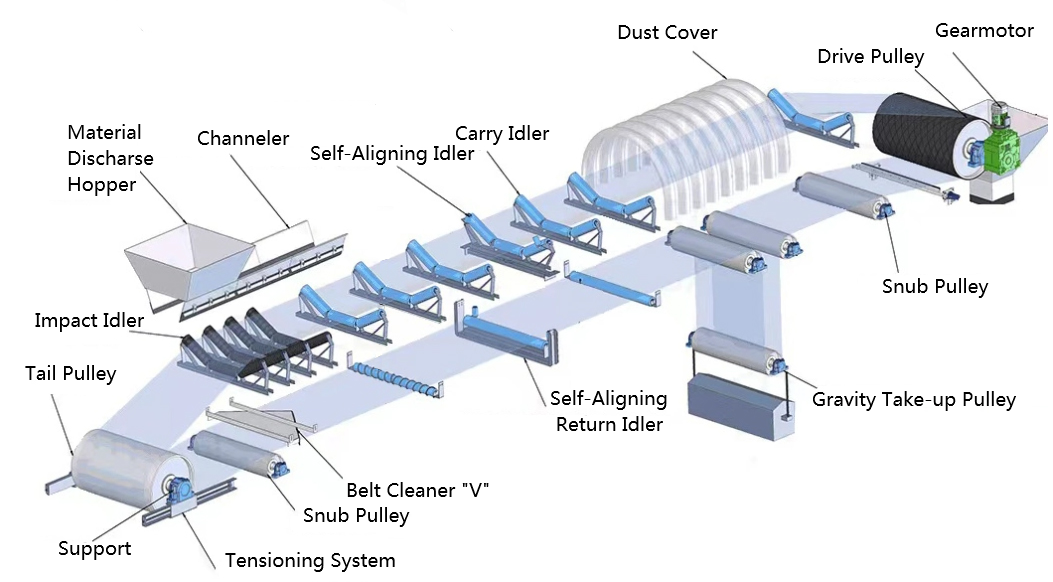 Afrikaans
Afrikaans  Albanian
Albanian  Amharic
Amharic  Arabic
Arabic  Armenian
Armenian  Azerbaijani
Azerbaijani  Basque
Basque  Belarusian
Belarusian  Bengali
Bengali  Bosnian
Bosnian  Bulgarian
Bulgarian  Catalan
Catalan  Cebuano
Cebuano  Corsican
Corsican  Croatian
Croatian  Czech
Czech  Danish
Danish  Dutch
Dutch  English
English  Esperanto
Esperanto  Estonian
Estonian  Finnish
Finnish  French
French  Frisian
Frisian  Galician
Galician  Georgian
Georgian  German
German  Greek
Greek  Gujarati
Gujarati  Haitian Creole
Haitian Creole  hausa
hausa  hawaiian
hawaiian  Hebrew
Hebrew  Hindi
Hindi  Miao
Miao  Hungarian
Hungarian  Icelandic
Icelandic  igbo
igbo  Indonesian
Indonesian  irish
irish  Italian
Italian  Japanese
Japanese  Javanese
Javanese  Kannada
Kannada  kazakh
kazakh  Khmer
Khmer  Rwandese
Rwandese  Korean
Korean  Kurdish
Kurdish  Kyrgyz
Kyrgyz  Lao
Lao  Latin
Latin  Latvian
Latvian  Lithuanian
Lithuanian  Luxembourgish
Luxembourgish  Macedonian
Macedonian  Malgashi
Malgashi  Malay
Malay  Malayalam
Malayalam  Maltese
Maltese  Maori
Maori  Marathi
Marathi  Mongolian
Mongolian  Myanmar
Myanmar  Nepali
Nepali  Norwegian
Norwegian  Norwegian
Norwegian  Occitan
Occitan  Pashto
Pashto  Persian
Persian  Polish
Polish  Portuguese
Portuguese  Punjabi
Punjabi  Romanian
Romanian  Russian
Russian  Samoan
Samoan  Scottish Gaelic
Scottish Gaelic  Serbian
Serbian  Sesotho
Sesotho  Shona
Shona  Sindhi
Sindhi  Sinhala
Sinhala  Slovak
Slovak  Slovenian
Slovenian  Somali
Somali  Spanish
Spanish  Sundanese
Sundanese  Swahili
Swahili  Swedish
Swedish  Tagalog
Tagalog  Tajik
Tajik  Tamil
Tamil  Tatar
Tatar  Telugu
Telugu  Thai
Thai  Turkish
Turkish  Turkmen
Turkmen  Ukrainian
Ukrainian  Urdu
Urdu  Uighur
Uighur  Uzbek
Uzbek  Vietnamese
Vietnamese  Welsh
Welsh  Bantu
Bantu  Yiddish
Yiddish  Yoruba
Yoruba  Zulu
Zulu Jan . 14, 2025 11:08
Back to list
Polyurethane Pulley(Polyurethane Lagging Pulley)
Lagged drum pulleys, a crucial component in conveyor systems, are often overlooked despite their critical function in ensuring the smooth operation of material handling processes. Drawing on years of expertise in the field, it is essential to delve into the intricate details that underscore the importance of choosing the right lagged drum pulley for your operations. This comprehensive guide aims to shed light on the value, functionality, and advantages of lagged drum pulleys, demonstrating their paramount relevance in industrial applications.
Authoritativeness in the realm of conveyor technology is founded on deep knowledge and an understanding of the dynamics at play. For instance, the design of a pulley—whether it employs a crown, flat, or winged design—affects the tracking and longevity of the belt. A crowned pulley, used extensively for its self-centering capability, can enhance belt alignment and thereby the overall efficiency of the conveyor system. By leveraging authoritative insights into these engineering nuances, operations can be optimized, ensuring a competitive edge in rigorous industrial environments. Trustworthiness is established not only through expertise and authoritativeness but also through demonstrating proven results and testimonials. Companies that have adopted high-quality lagged drum pulleys report a notable decrease in maintenance costs and system outages. Case studies abound where such components have delivered exceptional performance under strenuous conditions, instilling confidence in stakeholders who may initially be wary of investing in specialized equipment. Acknowledging this, manufacturers often provide extensive documentation and customer support to back the reliability and efficacy of their products. In conclusion, the choice of a lagged drum pulley is not merely a technical decision but a strategic one that can influence the operational efficiency and cost-effectiveness of your conveyor systems. By integrating experience, expertise, authoritativeness, and trustworthiness into the decision-making process, businesses can enhance their material handling capabilities. As the nexus between raw material movement and final product output, the right lagged drum pulley is an investment in the seamless continuity and success of industrial processes.


Authoritativeness in the realm of conveyor technology is founded on deep knowledge and an understanding of the dynamics at play. For instance, the design of a pulley—whether it employs a crown, flat, or winged design—affects the tracking and longevity of the belt. A crowned pulley, used extensively for its self-centering capability, can enhance belt alignment and thereby the overall efficiency of the conveyor system. By leveraging authoritative insights into these engineering nuances, operations can be optimized, ensuring a competitive edge in rigorous industrial environments. Trustworthiness is established not only through expertise and authoritativeness but also through demonstrating proven results and testimonials. Companies that have adopted high-quality lagged drum pulleys report a notable decrease in maintenance costs and system outages. Case studies abound where such components have delivered exceptional performance under strenuous conditions, instilling confidence in stakeholders who may initially be wary of investing in specialized equipment. Acknowledging this, manufacturers often provide extensive documentation and customer support to back the reliability and efficacy of their products. In conclusion, the choice of a lagged drum pulley is not merely a technical decision but a strategic one that can influence the operational efficiency and cost-effectiveness of your conveyor systems. By integrating experience, expertise, authoritativeness, and trustworthiness into the decision-making process, businesses can enhance their material handling capabilities. As the nexus between raw material movement and final product output, the right lagged drum pulley is an investment in the seamless continuity and success of industrial processes.
Next:
Latest news
-
Revolutionizing Conveyor Reliability with Advanced Rubber Lagging PulleysNewsJul.22,2025
-
Powering Precision and Durability with Expert Manufacturers of Conveyor ComponentsNewsJul.22,2025
-
Optimizing Conveyor Systems with Advanced Conveyor AccessoriesNewsJul.22,2025
-
Maximize Conveyor Efficiency with Quality Conveyor Idler PulleysNewsJul.22,2025
-
Future-Proof Your Conveyor System with High-Performance Polyurethane RollerNewsJul.22,2025
-
Driving Efficiency Forward with Quality Idlers and RollersNewsJul.22,2025
OUR PRODUCTS





























